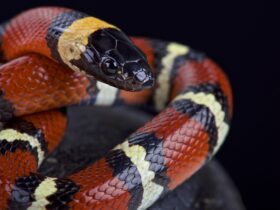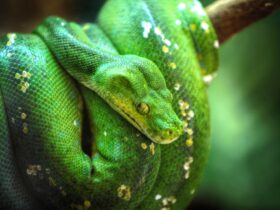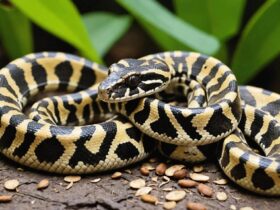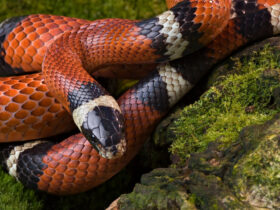Ever noticed your snake acting a bit off? Just like us, snakes can feel stressed too. But since they can’t exactly tell us, we have to look for signs in their behavior and surroundings. Whether it’s a change in how they act or something not quite right in their setup, understanding these stress signals is key to keeping your slithery friend happy and healthy. Let’s dive into what stress looks like for snakes and how you can help them relax.
Understanding snake stress signs
Behavioral indicators of stress
Snakes are not the most expressive pets, so understanding their stress signals requires a bit of observation. Behavioral changes are the first clues that your snake might be stressed. Look out for signs like excessive hissing, frequent attempts to escape, or sudden aggression. Some snakes might also exhibit “mock striking,” where they pretend to strike without actually attacking. These behaviors can indicate that your snake is feeling threatened or uncomfortable.
Physical symptoms to watch for
In addition to behavioral changes, physical symptoms can also signal stress. Your snake might show signs of stress through changes in its skin, such as dullness or retained shed. A stressed snake may also refuse food, which can lead to weight loss over time. If you notice rapid breathing or a stiff, tense body, these could be physical signs that your snake is under stress.
Common causes of stress in snakes
Understanding what causes stress in snakes can help you prevent it. Common stressors include improper habitat conditions, such as incorrect temperature or humidity levels. Too much handling or an enclosure that’s too small can also lead to stress. Snakes are sensitive to their surroundings, so loud noises or high foot traffic near their enclosure can also be problematic. Ensuring that your snake’s environment is as close to their natural habitat as possible can help minimize these stressors.
Stress in snakes can manifest in subtle ways, making it crucial for owners to be observant and proactive in providing a comfortable environment. Recognizing these signs early can lead to a healthier, happier pet.
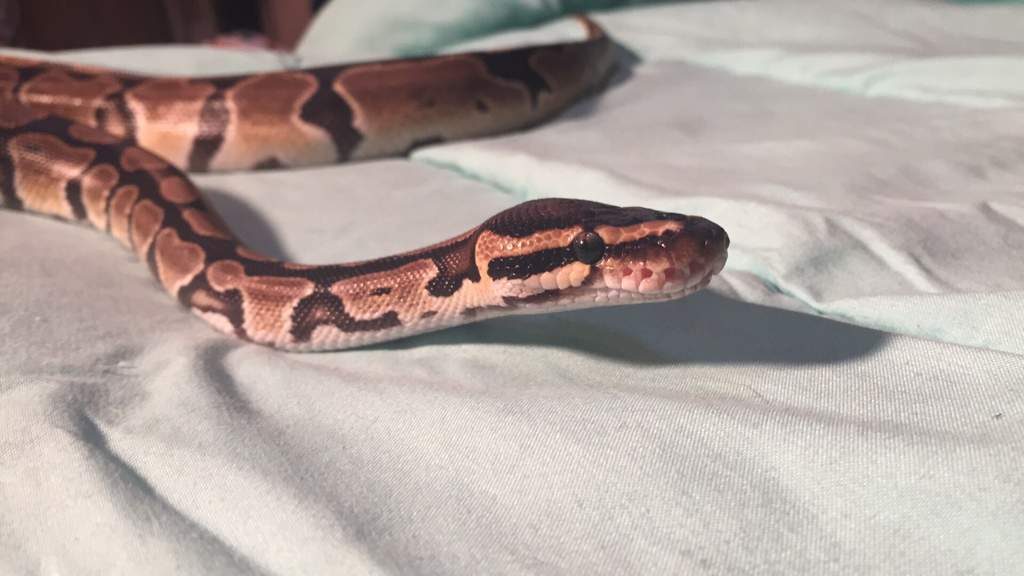
Behavioral changes in stressed snakes
Increased aggression or defensiveness
When snakes are stressed, they might show more aggression or defensiveness. This behavior often includes striking or hissing when approached. A snake that usually stays calm might suddenly become defensive, indicating it’s feeling uneasy. This change is often a response to perceived threats in their environment or alterations in their routine. Observing these behaviors is crucial to understanding your snake’s stress levels.
Unusual hiding or retraction behavior
Stressed snakes might hide more than usual or retract into themselves. This can be a sign that they are trying to escape from a stressful situation. Normally, snakes enjoy hiding, but if they are doing it excessively, it might suggest they are not comfortable in their surroundings. Retraction, where a snake pulls its head or body back, is another indicator of stress, often seen when they are handled too much or too roughly.
Changes in feeding patterns
Stress can also lead to changes in a snake’s eating habits. A stressed snake might refuse food or eat less than usual. This is particularly common when they are shedding or if their environment isn’t ideal. Understanding snake shedding is essential, as it can cause temporary stress and affect their feeding behavior. If you notice your snake skipping meals, it might be time to evaluate its living conditions or handling routines.
“Recognizing these behavioral changes can help you address the underlying causes of stress, ensuring your snake remains healthy and comfortable in its environment.”
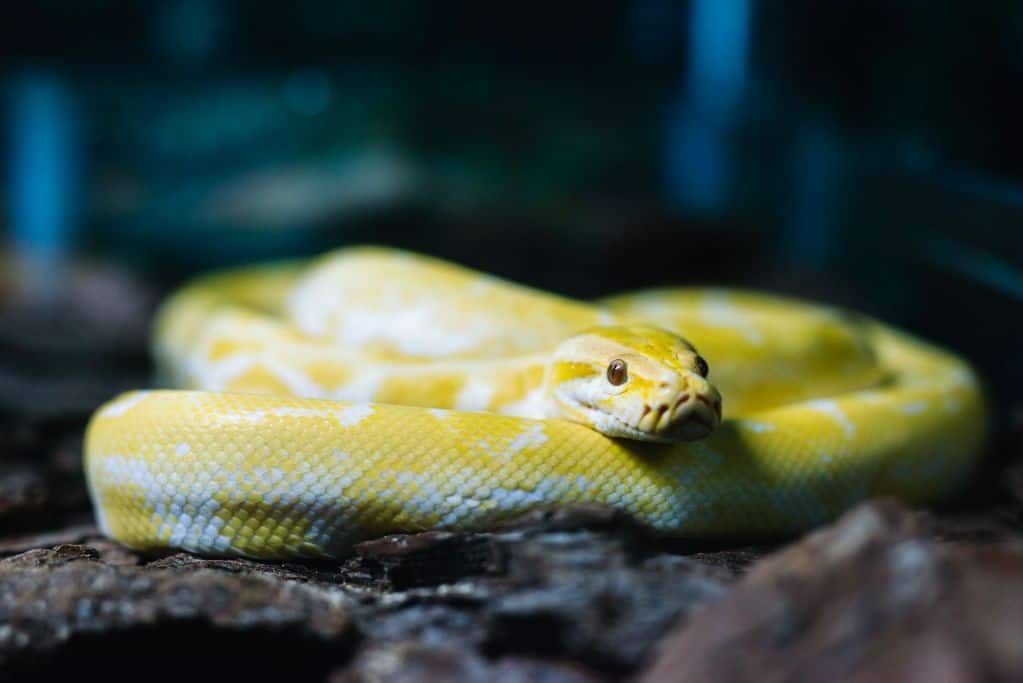
Environmental factors affecting snake stress
Importance of proper temperature and humidity
Keeping the right temperature and humidity is super important for your snake’s comfort. Snakes are cold-blooded, so they rely on their environment to regulate their body temperature. Too hot or too cold, and they might get stressed. Maintaining the right temperature gradient in their enclosure helps them thermoregulate properly. Humidity is another key factor. If it’s too dry, your snake might have trouble shedding, while too much humidity can lead to respiratory issues.
Impact of enclosure size and setup
The size and setup of your snake’s home can really affect its stress levels. A cramped enclosure can make your snake feel trapped and anxious, while too much open space might leave them feeling exposed. It’s all about balance. Make sure the enclosure is just the right size for your snake, with enough room to move around but also plenty of hiding spots to make them feel secure. A well-thought-out setup mimics their natural habitat and provides comfort.
Role of lighting and noise levels
Lighting and noise in the snake’s environment can be stress triggers too. Snakes don’t need bright lights; in fact, too much light can be stressful, especially if it disrupts their natural day-night cycle. Use dim lighting and ensure they have a dark place to retreat to. Noise is another thing to watch out for. Loud or constant noise can be unsettling for snakes, so try to keep their environment as quiet as possible.
When setting up your snake’s habitat, remember that creating a calm and stable environment is key to reducing stress. By paying attention to temperature, space, and sensory elements like light and sound, you’re setting your snake up for a happier, healthier life. For a comprehensive guide on essential care for pet snakes, including enclosure setup and more, check out this detailed resource.
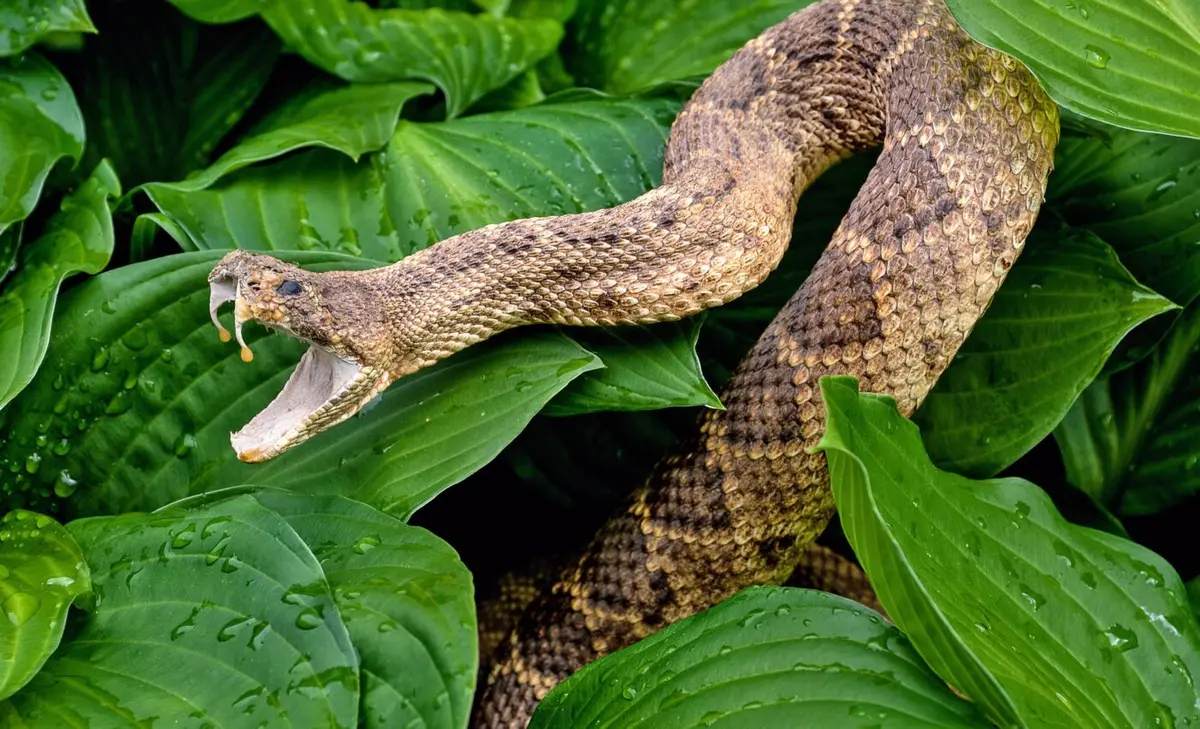
How to help your snake de-stress
Adjusting the snake’s environment
First things first, take a look at your snake’s habitat. Is the temperature and humidity just right? Make sure the warm side of the enclosure is between 88-92°F and the cool side is around 80°F. For humidity, aim for about 50-60%. If the enclosure feels too open, try adding some branches or fake plants. These additions not only make the space feel cozier but also provide a sense of security for your snake. It’s also important to have multiple hiding spots, one on the warm side and another on the cool side, so your snake can choose where it feels most comfortable.
Minimizing handling and interaction
Handling your snake too much can be a major stressor. If your snake seems on edge, it’s a good idea to give it some space. Try not handling it for a week or two. This break allows your snake to relax and adjust without the added pressure of constant interaction. Even if you think you’re not overdoing it, a little downtime can work wonders.
Providing appropriate hiding spots
Snakes love their privacy. Make sure your snake has enough hiding spots to retreat to when it needs a break. A good rule of thumb is to have at least two hides – one on each side of the enclosure. This gives your snake options depending on its temperature preference at any given time. Covering some of the tank’s sides can also help reduce stress by limiting exposure to light and movement outside the enclosure. This simple change can make your snake feel more secure and less exposed.
A well-adjusted environment can make all the difference in reducing your snake’s stress levels. By understanding your snake’s needs and making a few thoughtful adjustments, you can create a peaceful and comfortable home for your scaly friend.
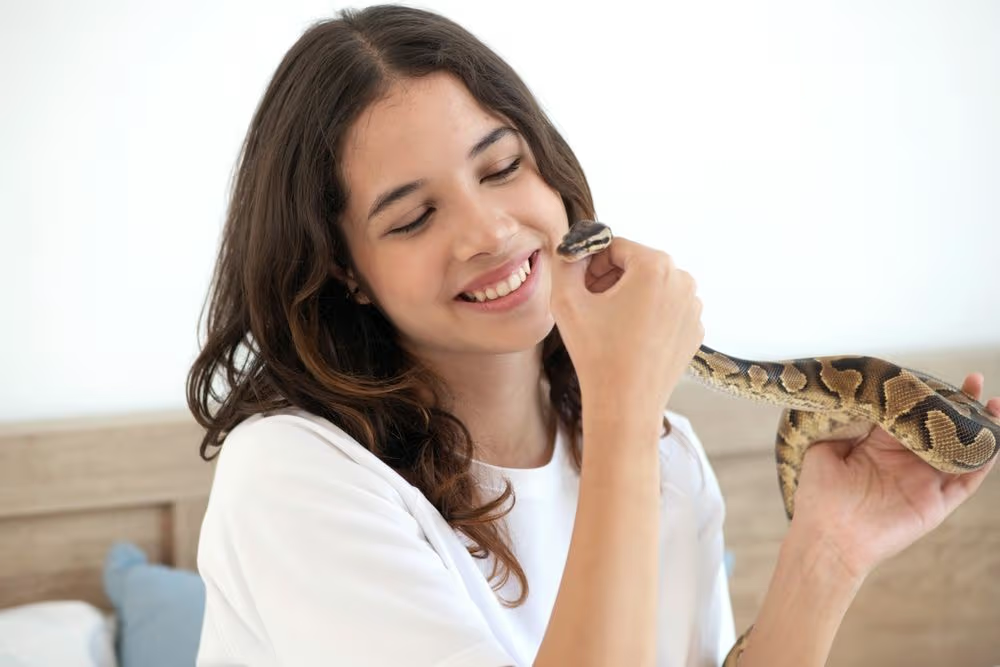
Recognizing comfort in snakes
Signs of a Relaxed Snake
When your snake is feeling comfy, it’s all about those chill vibes. Look for these signs:
- Calm Movements: Your snake should move slowly and smoothly, without any sudden jerks or hasty retreats.
- Normal Breathing: Breathing should be steady and not labored. If you notice deep, rapid breaths, it might be a sign of stress.
- Tongue Flicking: A relaxed snake often flicks its tongue in a calm, unhurried manner, just checking out its surroundings.
- Resting State: Snakes that feel secure will spend time resting or coiled up in a relaxed posture.
Normal Feeding and Drinking Habits
A snake that’s at ease will have regular feeding and drinking habits. Here’s what to look for:
- Consistent Appetite: Your snake should eat regularly, without long periods of fasting unless it’s shedding.
- Drinking Behavior: Make sure your snake drinks water regularly. Dehydration can be a stress indicator.
- Comfort with Handling: If your snake is comfortable, it will usually tolerate gentle handling without stress signs like hissing or striking.
Understanding Natural Snake Behaviors
Knowing what typical snake behaviors look like can help you spot when something’s off:
- Nocturnal Activity: Many snakes are active at night, so seeing them explore their enclosure after dark is normal.
- Hiding Spots: It’s natural for snakes to seek out hiding places. If they are using their hides regularly, it’s a good sign.
- Interaction with Environment: A comfortable snake will explore its habitat calmly, without frantic attempts to escape.
Observing your snake’s behavior closely helps you ensure it’s living stress-free. A relaxed snake is a healthy snake, enjoying its environment and interacting with it in a natural way. Recognizing these comfort signs means you’re doing a great job as a snake owner. For more insights on understanding snake behavior, check out the guide.
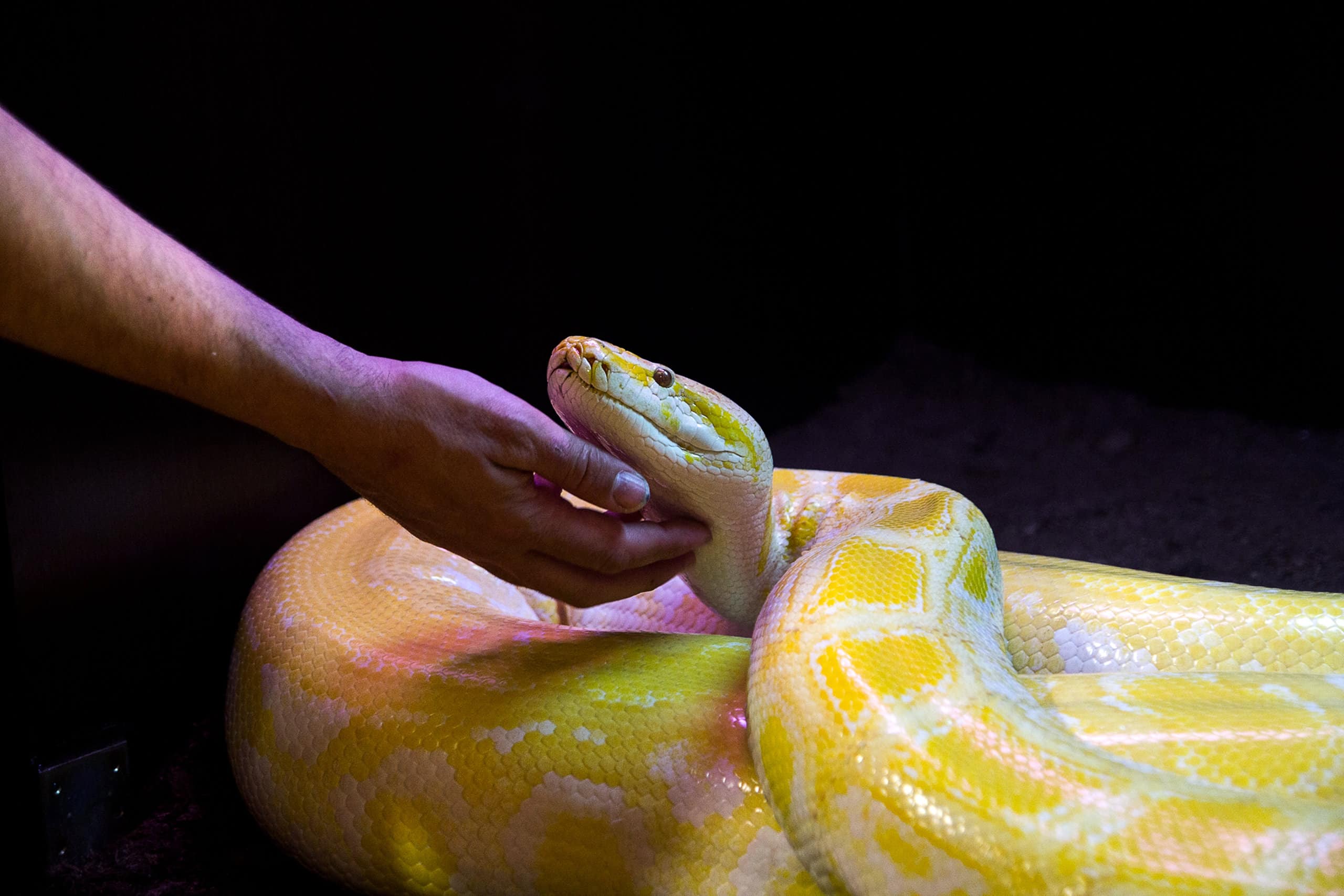
Preventing stress in captive snakes
Creating a Stress-Free Habitat
To keep your snake happy and healthy, it’s essential to create a stress-free habitat. A good starting point is ensuring the enclosure is secure and escape-proof. Snakes are notorious escape artists, so double-check all latches and seams. The enclosure should also mimic the snake’s natural environment as closely as possible. This means maintaining the right temperature and humidity levels. For instance, ball pythons thrive in humidity around 50-60% and temperatures between 80-92°F. Adding branches, rocks, and hiding spots can make the space feel more like home and less like a glass box.
Monitoring and Adjusting Care Routines
Regularly observing your snake’s behavior is key to spotting stress early. If you notice changes, like increased aggression or refusal to eat, it might be time to tweak their environment. This could involve adjusting the temperature or adding more hiding spots. It’s also crucial to handle your snake appropriately. Too much handling can stress them out, so it’s best to limit it to short, gentle sessions. Remember, each snake is unique, so what works for one might not work for another.
Importance of Regular Health Checks
Routine health checks are vital for preventing stress in captive snakes. A simple physical examination can reveal signs of stress, like weight loss or skin issues. It’s also a good idea to schedule regular vet visits to catch any potential health problems early. Keeping an eye on their feeding habits is also important. A snake that suddenly stops eating might be stressed or ill. Ensure they have access to fresh water at all times, as dehydration can also be a stressor.
Keeping a snake stress-free isn’t just about the right setup; it’s about understanding their needs and behaviors. By being observant and proactive, you can ensure your slithery friend lives a long, healthy life.
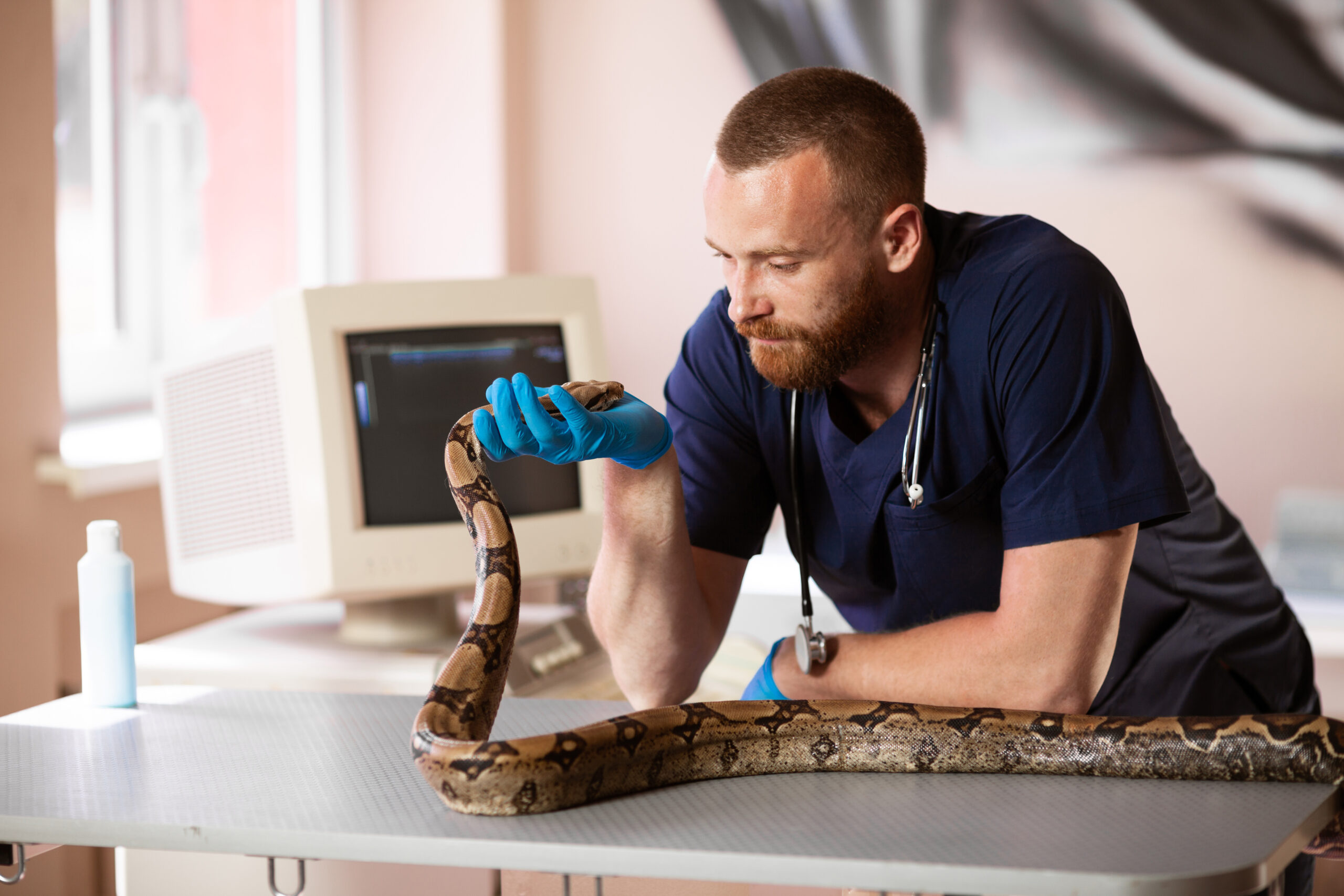
Conclusion
So, there you have it. Keeping an eye on your snake’s behavior is key to knowing if they’re stressed or just chilling. If you notice them trying to escape, hissing, or being overly jumpy, it’s time to check their environment and handling habits. Make sure their home feels safe and cozy, with the right temperature and humidity. And remember, sometimes less handling is more. Let them have their space and watch them thrive. A relaxed snake is a happy snake, and that’s what we all want, right?
Frequently Asked Questions
What are common signs of stress in snakes?
Snakes might hiss, try to escape, or refuse to eat when stressed. They may also hide their heads or become overly active during the day.
How can I tell if my snake is relaxed?
A relaxed snake will have normal breathing, move slowly, and eat and drink regularly. They might also calmly flick their tongue to explore their surroundings.
What environmental factors can stress a snake?
Improper temperature and humidity, a small or cluttered enclosure, and too much noise or light can stress a snake.
How can I help my snake feel less stressed?
Make sure their habitat has the right temperature and humidity, provide hiding spots, and avoid handling them too much.
Why is my snake not eating?
A snake might not eat if it’s stressed, sick, or if the environment isn’t right. Make sure their habitat is comfortable and consider consulting a vet if the problem continues.
How often should I handle my snake to avoid stress?
Handle your snake gently and not too often. It’s best to let them adjust to their environment first, especially if they’re new.


